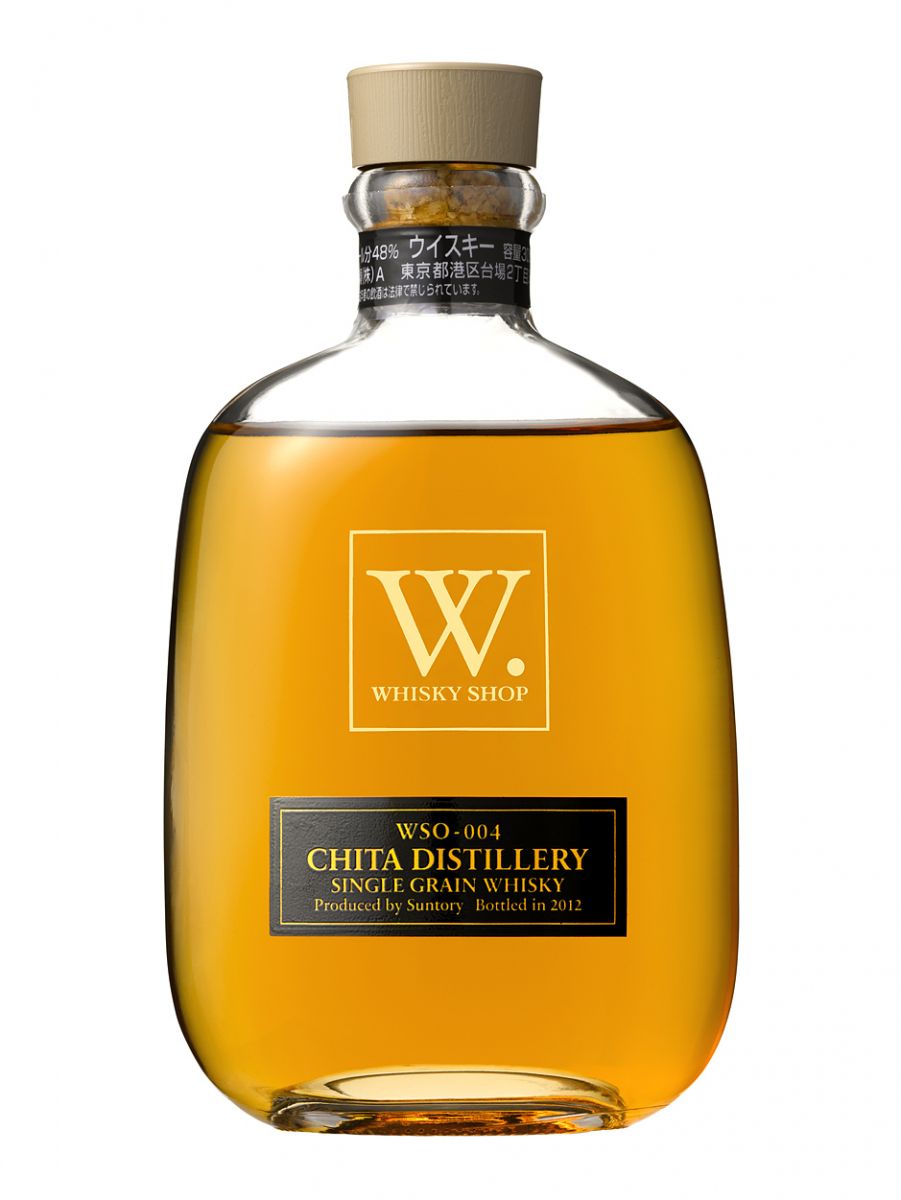Single grain whisky
Grain whisky ordinarily refers to any whisky made, at least in part, from grains other than malted barley, such as whisky made using maize (corn), wheat or rye. Grain whiskies may also contain some malted barley (and are required to if produced in Ireland or Scotland.) Whisky made from only malted barley is generally called malt whisky rather than grain whisky. Most American and Canadian whiskies are grain whiskies.
Under the regulations governing the production of both Irish and Scotch whisky, "malt whisky" must be produced from a mash of 100% malted barley, and must be distilled in a pot still. In Scotland, a whisky which either uses other malted or unmalted cereals in the mash (in addition to malted barley), and/or is distilled in a column still, is termed a "grain whisky".[2] Whereas, in Ireland, where regulations define an additional style, "pot still whiskey", as that being distilled from a specific mixed mash in a pot still, "grain whisky" refers to whisky produced from a mixed mash of malt barley and other unmalted cereals in a column still.

In both countries, "grain whisky" is typically distilled in a continuous column still in a manner that results in a higher percentage of alcohol by volume (ABV), but a less flavorful spirit than that derived from a pot still. As a result, grain whisky is seldom bottled by itself in either country, but is instead used primarily for blending with malt or pot still whisky to create blended whiskies, which now account for over 90% of both countries' whisky sales. The comparative lightness of the clearer, more-neutral-flavored grain whisky is used in blends to smooth out the often harsher characteristics of single malts and pot still whiskeys. Occasionally well-aged grain whiskies are released as single grain whisky if made at one distillery or blended grain whisky if combining spirits from multiple distilleries. It should be noted that the word "single" in this case does not refer to the use of a single type of grain to make the whisky – rather it refers to the production of the whisky solely on the site of a single distillery.
Outside of Ireland and Scotland, the use of continuous column stills and the use of a non-barley mash are not so closely associated with the production of "light" whisky (whisky with little flavor due to distillation at a very high ABV). For example, nearly all American whiskey is produced using column stills, and all American whiskey that is labeled as straight whiskey (including straight Bourbon and straight rye) is required to use a distillation level not exceeding 80% ABV.[3] Because of this constraint, much of the American whiskey may actually be less "light" than some Scotch or Irish single malt or single pot still products, both produced solely using pot stills. In the United States whiskey produced at greater than 80% abv is formally classified as Light whiskey and cannot be labeled with the name of a grain or called malt, bourbon or straight.
